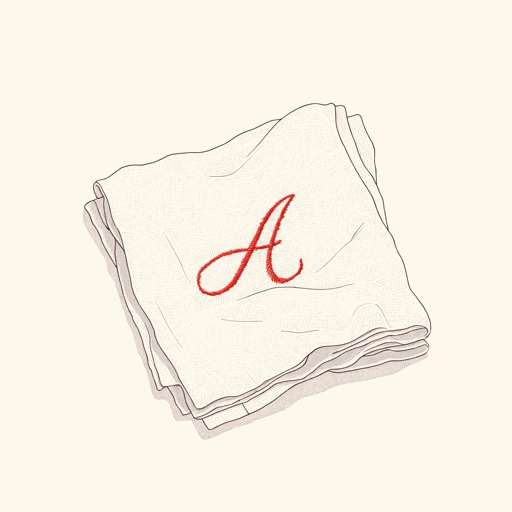55 pages • 1 hour read
Laurie Lico AlbaneseHester
Fiction | Novel | Adult | Published in 2022A modern alternative to SparkNotes and CliffsNotes, SuperSummary offers high-quality Study Guides with detailed chapter summaries and analysis of major themes, characters, and more.
Themes
Fictionalizing History, Historicizing Fiction
In Hester, Laurie Lico Albanese layers fiction and history until their relationship becomes unclear, creating a plausible story. The novel is rife with historical allusions (and the occasional anachronism), from the repercussions of slavery to Isobel being told, “The Peabody sisters teach needlework in their school for young ladies” (69). This reference to the Peabody sisters is something of an “Easter egg” for those who know the biography of the real Nathaniel Hawthorne, who married Sophia Peabody—one of three sisters in an influential Massachusetts family who pioneered 19th-century educational reform, developed the Common School Model upon which modern American primary schools are based, and opened the first kindergarten. These historical references ground Albanese’s reimagining of Hawthorne’s The Scarlet Letter. Isobel is framed as the inspiration for protagonist Hester Prynne, and when Sophia Peabody burns her husband Hawthorne’s journals (based on the real Hawthorne’s burning of documents, which led to an incomplete record of his life), it opens the possibility that the real Hawthorne destroyed records of such an inspiration. Of Hawthorne’s work, The Scarlet Letter shares the least biographical details of Hawthorne’s life, which invites speculation.
Albanese also offers a view in which history affects fiction, as opposed to fiction necessarily depicting history.

